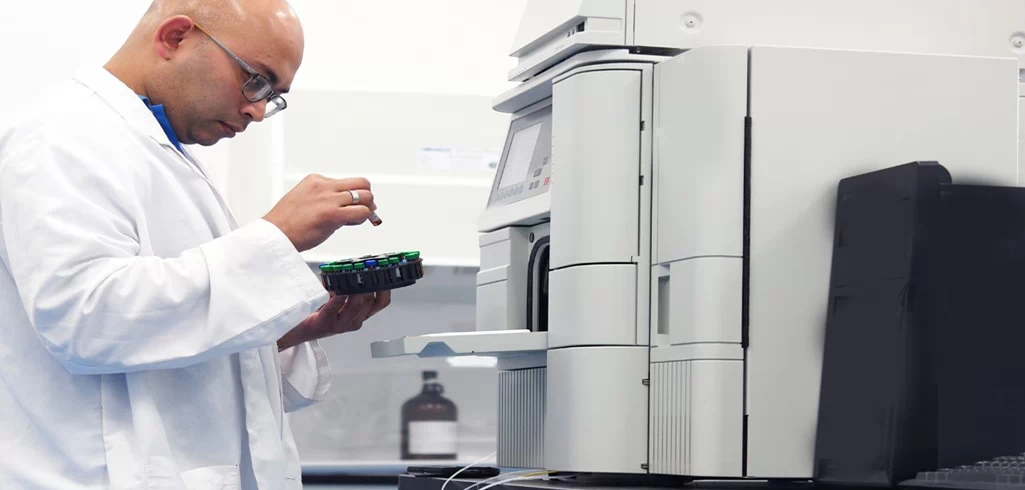“Key Components of Analytical Validation in the Pharmaceutical Industry”

Parts of Analytical Validation in the Pharmaceutical Industry
Analytical validation plays a crucial role in ensuring that pharmaceutical products meet the highest standards of quality, safety, and effectiveness. It confirms that the methods used to analyze these products are accurate, reliable, and reproducible. Regulatory bodies such as the International Council for Harmonization (ICH) and the United States Pharmacopeia (USP) provide guidelines for conducting these validations. Here are the essential components of analytical validation:
1. Specificity
- What It Means: Specificity is the ability of an analytical method to identify the target substance (analyte) in the presence of other elements, such as impurities, excipients, or degradation products.
- Why It’s Important: Ensures the method measures the correct analyte without interference.
- Example: Differentiating the active pharmaceutical ingredient (API) from other substances in a tablet formulation.
2. Linearity
- What It Means: This refers to the method’s ability to produce results that are directly proportional to the concentration of the analyte across a defined range.
- Why It’s Important: Demonstrates the reliability of the method for different analyte concentrations.
- Example: Creating calibration curves that display a straight-line correlation between analyte concentration and detection response.
3. Accuracy
- What It Means: Accuracy is how close the test results are to the actual or true value.
- Why It’s Important: Ensures that the method provides results that are correct and reliable.
- Example: Testing a sample with known analyte amounts and verifying the method’s ability to recover those amounts accurately.
4. Precision
- What It Means: Precision reflects how consistent the method’s results are under similar conditions.
- Types of Precision:
- Repeatability: Consistency within the same lab and conditions.
- Intermediate Precision: Consistency across different conditions within the same lab, such as different analysts or equipment.
- Reproducibility: Precision when the method is used in multiple labs.
- Why It’s Important: Ensures that results are reliable in routine and comparative testing.
5. Range
- What It Means: The range is the span between the lowest and highest concentrations of analyte that the method can accurately measure.
- Why It’s Important: Defines the working limits of the method.
- Example: A method that effectively quantifies analytes between 10 μg/mL and 100 μg/mL.
6. Robustness
- What It Means: Robustness indicates the method’s ability to remain unaffected by small, deliberate variations in parameters such as pH, temperature, or flow rates.
- Why It’s Important: Demonstrates the method’s reliability under slightly altered conditions.
- Example: Consistent results despite using a different brand of reagents.
7. Ruggedness
- What It Means: Ruggedness evaluates how well the method performs when variations in testing conditions, such as different laboratories, analysts, or equipment, are introduced.
- Why It’s Important: Ensures that the method delivers reliable results in diverse settings.
- Example: Maintaining consistent results across multiple laboratories.
8. Limit of Detection (LOD)
- What It Means: The lowest amount of analyte that the method can detect but not necessarily quantify.
- Why It’s Important: Essential for identifying trace impurities or contaminants.
- Example: Detecting minute levels of an impurity in a drug product.
9. Limit of Quantitation (LOQ)
- What It Means: The smallest quantity of an analyte that can be measured accurately and precisely.
- Why It’s Important: Highlights the method’s sensitivity to low analyte concentrations.
- Example: Quantifying microgram levels of an active ingredient in a solution.
10. System Suitability
- What It Means: A set of tests to ensure that the analytical system, including instruments and reagents, is functioning correctly before sample analysis.
- Why It’s Important: Detects potential issues with equipment or testing conditions.
- Key Parameters: Includes resolution, tailing factor, theoretical plates, and retention time.

